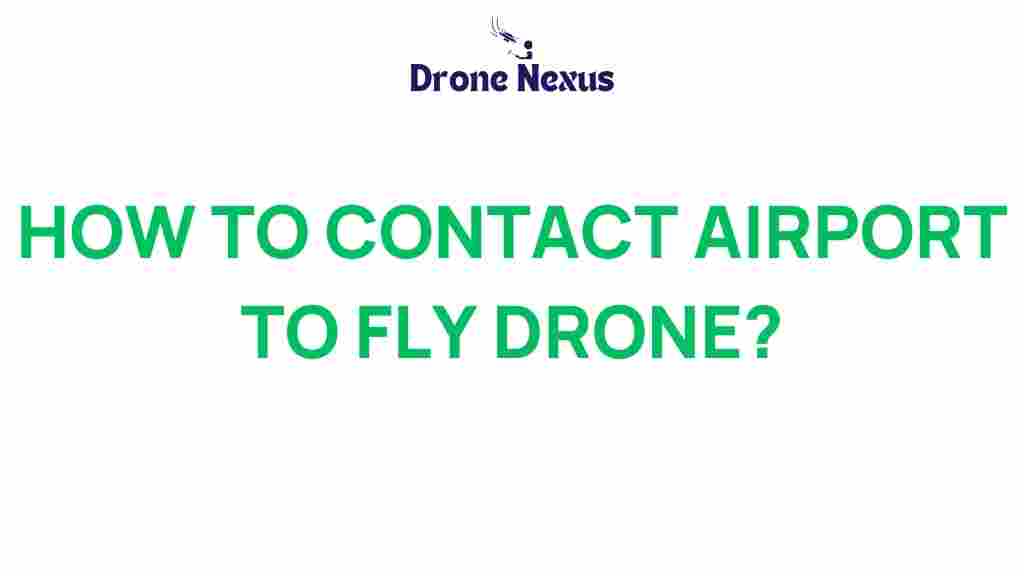Drone Regulations: Understanding How to Contact Airports for Drone Flights
As the popularity of drones continues to soar, understanding drone regulations has become increasingly important for both recreational and commercial drone operators. Whether you’re planning to capture stunning aerial photography or conduct important surveys, knowing how to contact airports for drone flights is a crucial step in ensuring compliance and safety. This article will guide you through the process of navigating the skies responsibly.
Why You Need to Contact Airports
Before launching your drone, it’s essential to understand why contacting airports is necessary:
- Safety: Drones can interfere with manned aircraft, leading to potentially dangerous situations.
- Compliance: Adhering to drone regulations helps avoid fines and legal issues.
- Coordination: Communicating with airport authorities can help coordinate your drone activities, especially in busy airspaces.
Step-by-Step Process to Contact Airports
Here’s a comprehensive guide on how to contact airports for your drone flight:
1. Research Local Drone Regulations
Before reaching out to any airport, familiarize yourself with local drone regulations. Each country and state may have different rules governing drone usage. Websites like the FAA (Federal Aviation Administration) provide valuable resources for understanding these regulations.
2. Identify the Airports in Your Area
Make a list of airports that are within your intended flight area. This includes:
- Large commercial airports
- Small regional airports
- Heliports
3. Gather Necessary Information
When contacting airports, have the following information ready:
- Your name and contact information
- The purpose of your drone flight
- The proposed flight path and altitude
- The type of drone you are using
4. Reach Out to the Airport Authority
Contact the airport authority directly. You can do this through:
- Phone: Call the airport’s operations or administration office.
- Email: Many airports have dedicated email addresses for drone inquiries.
- Website: Check the airport’s official website for specific contact forms or guidelines.
5. Follow Up
If you don’t receive a response in a timely manner, follow up with a polite reminder. This shows your commitment to safety and compliance with drone regulations.
Troubleshooting Tips
Sometimes, contacting airports can be challenging. Here are some troubleshooting tips:
1. No Response?
If the airport does not respond within a few days, consider:
- Reaching out through different communication channels.
- Visiting the airport in person to speak with someone directly.
2. Conflicting Information
In case you receive conflicting information about drone regulations, try:
- Cross-referencing with official government resources.
- Consulting with other drone operators in your area.
3. Denied Access
If your request is denied, ensure you:
- Understand the reasons behind the denial.
- Consider alternative locations or times for your drone flight.
- Check for any additional permits you may need.
Conclusion
Navigating the world of drones requires a solid understanding of drone regulations, especially when it comes to contacting airports for flight approvals. By following the outlined steps and being proactive in your communication, you can ensure a safe and compliant flying experience. Remember, safety should always be your top priority while enjoying the wonders of drone technology. For more information on drone laws and guidelines, visit the Drone Pilot Ground School.
This article is in the category Safety and created by DroneNexus Team

3 thoughts on “Navigating the Skies: How to Contact Airports for Drone Flights”